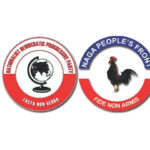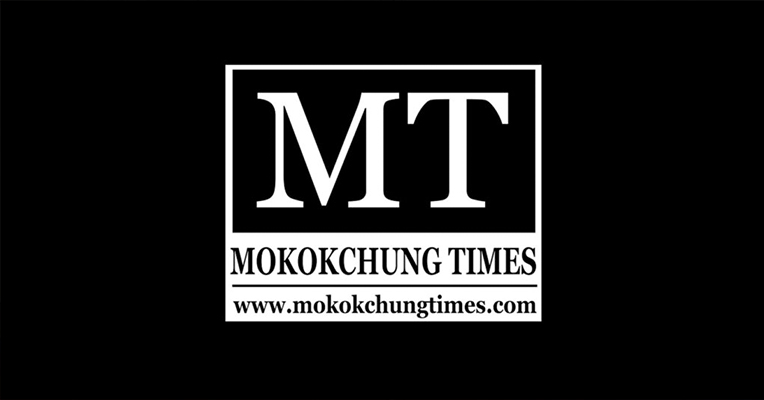The Naga Club’s memorandum to the Simon Commission on this day in 1929 stands as a timeless beacon, guiding us through the corridors of history where communities articulate their struggle, resilience, and unwavering commitment to identity. This document deserves not just acknowledgment but profound appreciation for its foresight, courage, and the indomitable spirit it encapsulates.
At its core, the memorandum is a poignant expression of the Naga people’s deep-rooted connection to their history and identity. It begins by recounting the pre-British era, emphasizing the Naga Hills’ autonomy and their intermittent warfare with neighboring regions. This historical context grounds the document in the rich tapestry of Naga heritage, emphasizing the resilience and independence that define the Naga spirit.
The literary finesse of the memorandum is striking, as it weaves together concerns about education, representation, cultural uniqueness, and economic stability with eloquence and precision. In presenting these concerns to the Simon Commission, the Naga Club demonstrated not only a keen awareness of their community’s challenges but also a profound commitment to overcoming them.
The memorandum is not merely a petition; it’s a defiant call to action. It demands respect for the Naga people’s right to determine their own destiny, to protect their way of life from external forces. This unwavering belief in their own agency, their right to chart their own course, is the document’s most enduring legacy.
Looking back at the Naga Club’s memorandum, it transcends being a mere historical artifact; it is a living testament to the courage and vision of a community. Its relevance echoes through the decades, resonating with contemporary struggles for identity and autonomy worldwide. Revisiting this document is not just a historical exercise; it’s a crucial act of self-reflection for the Naga people today. It allows them to connect with the roots of their peoplehood, to understand the struggles that shaped their community, and to draw strength from the wisdom of their forebears, to understand the roots of their collective identity, and to forge a united front against the challenges that lie ahead.
The Naga Club’s memorandum is not just a document of the past; it’s a living testament to the enduring human spirit. It reminds us of the power of collective voice, the importance of cultural preservation, and the unwavering pursuit of self-determination. The challenges faced by the Naga people today may differ from those of 1929, but the essence of their struggle remains unchanged. Revisiting the memorandum is an act of reclaiming agency, a declaration that the Naga people are the architects of their destiny—an invitation to dialogue, to bridge gaps, and to foster understanding among the diverse Naga tribes.


